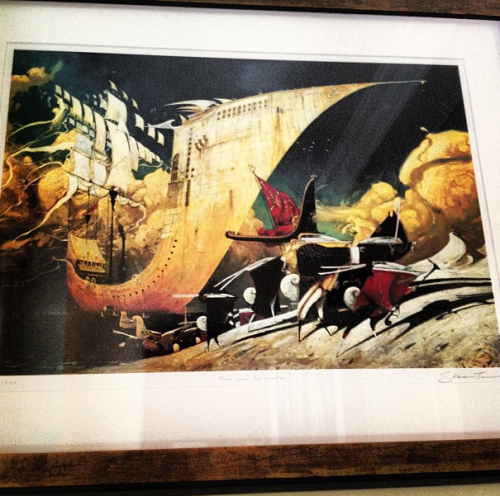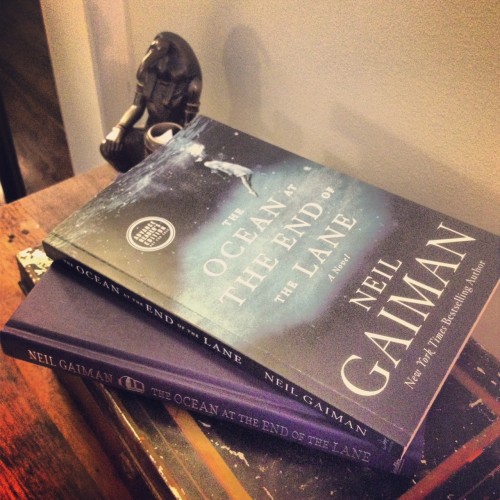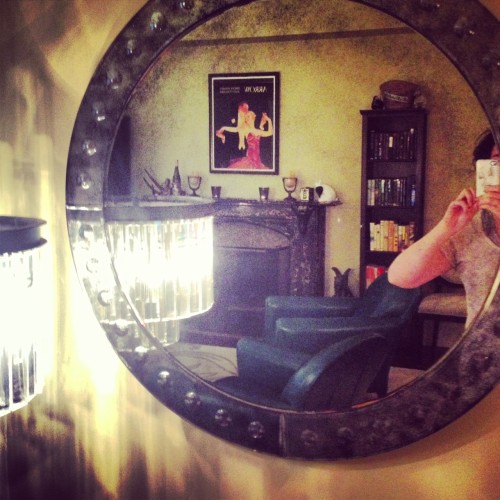I was thinking about doing a proper post about cocktails today but it was going to involve photos of my home bar that I didn’t have time to take to best show off the pretty bottles, and I still needed something to post about.
I’m in writing mode, finally, so I have writing on the brain. Over cocktails yesterday I was discussing writing and since I am prone to making analogies I made one that involved a cocktail party and I was told it is a good one so I am going to share it with the internets.
Let’s start with the party and then we’ll get around to how it ties into writing.
You are throwing a cocktail party. You’ve invited a fair amount of people and you vacuumed and came up with a lighting concept and brought out the nice glassware and there are lots of nibbly things, possibly on sticks.
One of your guests hasn’t met any of the other people there. Hasn’t even been to your home before. Is attending solo.
You want to make sure that this guest has a good time and feels comfortable, but of course, you need to be in host mode, too.
You take their coat when they arrive. You give them a drink. You introduce them to the other guests. You show them where the nibbly things on sticks are.
You get them oriented and check in occasionally, but you don’t hover. If you notice they need a refill, you can subtly swoop in.
You trust they can take care of themselves and have a good time while your attention is elsewhere.
Your guest will pick things up from listening to the music and conversations and wandering through the rooms.
The analogy part is kind of obvious, isn’t it?
The guest is the reader. Your party (and your home) are the story.
You make them comfortable but you don’t hold their hand. Trust them to go with things but maybe warn them about your dragoncat (or just assume that the smoldering paw prints on the carpet will speak for themselves). You don’t even have to tell them what’s in their drink, but they should probably know where the bar is.
It’ll vary from party to party, but the basics of playing a good host are usually similar.
You don’t need to explain every little thing but you need to give the reader something to hold onto, make them comfortable but not overly so.
Keep them on their toes, but make sure they know what kind of surface it is they’re tiptoeing on. Especially if you’re going to pull it out from under them.
So there’s your writing as cocktail party analogy. Use it or ignore it as you see fit. I tend to avoid writing advice beyond the “keep writing” & “rules are more like guidelines” stuff but I think orienting the reader is a sometimes tricksy thing and this seemed to me to be a good way to think about it, though I am overly fond of analogies. And cocktails.
(Next cocktail post will be about actual cocktails, I promise.)




